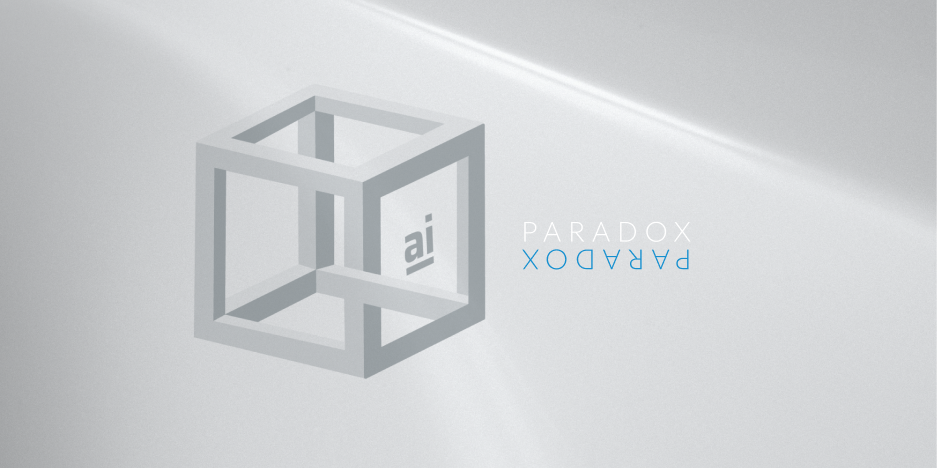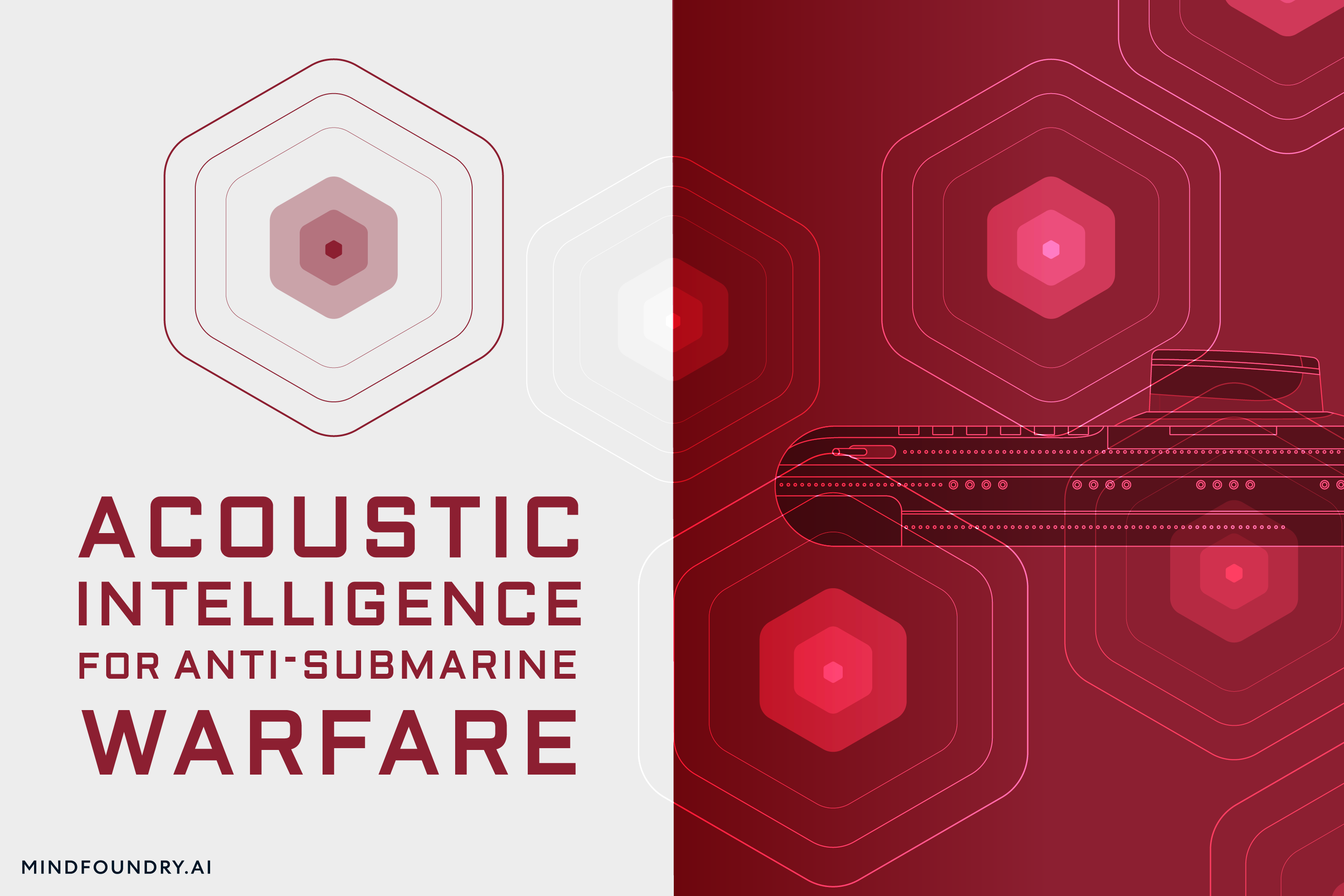AI-enabled Acoustic Intelligence for Anti-Submarine Warfare
From detecting hidden threats to defending critical underwater infrastructure, Anti-Submarine Warfare (ASW) is a cornerstone of national security. AI...
3 min read
Mind Foundry
:
Jun 10, 2021 4:06:16 PM

In the race to adopt AI, there is a flurry of activity happening in boardrooms and technical teams across the country. AI, which even a few years ago seemed to be the preserve of a vanguard of highly innovative companies, has suddenly become a prerequisite for organisations in every sector. Perhaps the stern warning from McKinsey’s 2019 report is ringing in their ears, that “Front-runners [...] could increase economic value by about 120 per cent by 2030” whereas “Laggards, who adopt AI late or not at all, could lose about 20 per cent of cash flow”.
It appears easy, then, to stay ahead of the curve and reap the financial benefits you need to adopt AI. Yet, according to MITSloan 2020 AI Global Executive Study, it’s not quite that simple, and only 10% of companies are obtaining significant financial benefits from AI technologies.
So, why is that the case?
(A shorter version of this piece was originally published in techUK as part of #AIweek2021.)
Humans and AI learning together.
Fundamentally, humans and machines “think” very differently, and therefore bring different strengths to an organisation. Assuming that you can just “plug in” AI to fix particular business problems, or to guide you where to put your best resource, is a narrow approach and doesn’t often translate into maximal business benefit.
Flipping AI adoption on its head, and using it as a catalyst for organisational change, will enable you to transform your business from the ground up. An organisation that is prepared to learn from AI, learn with AI and teach AI is going to reap significant benefits--with MITSloan reporting that “with organisational learning, the odds of an organization reporting significant financial benefits increase to 73%”.
Organisational constraints.
Does this mean that in order to reap the biggest benefits, you need to jump in wholeheartedly and fundamentally change your systems, skillsets and processes all in one go? That approach is scary for some and impossible for others.
We know this firsthand. Our clients often have deep organisational constraints, regulatory requirements and sometimes even a challenging history with innovation - and yet some of their applications and use cases have the broadest potential for AI to enact real societal change and human impact. Understandably, these organisations tend to take a more cautious approach to innovation and AI adoption. In fact, these applications are exactly the types that the recent European Commission proposal for AI Regulation across the EU wants to set regulatory baselines for -- mandating certain transparency, quality and oversight measures in an attempt to deliver trustworthy AI.
Building Trust
Very few AI solutions operate in a vacuum. There are always multiple stakeholders: users, beneficiaries, customers, developers, and regulators. So, why and how do organisations take the plunge? Well, largely it comes down to trust; trust in your strategy, trust in your people and trust in how you have deployed AI in your company.
One of the foundational steps towards trust is explainability - a fundamental understanding of how your AI operates, what decisions it makes and why. This also extends to organisational explainability, when an AI-enabled organisation will be making thousands of both human and AI decisions each day. This is not the same as human oversight or the ability to check how well the AI in your organisation is performing - it speaks to how well your newly AI-enabled organisation is performing against your mission.
A purely oversight-led approach ignores the fact that great AI is disruptive - you should expect it to change the way in which your organisation operates, the capabilities that your organisation has and the impact that the organisation can make on the outside world. In order to do this responsibly, you need to be cognizant of the operational evolution of your organisation and how human-led and AI-led decisioning contributes to this.
Cautious adoption within a growth mindset
So, can you start building transformative–and trustworthy–AI for your business whilst also working within your current organisational constraints? The answer is yes when productive organisational AI and high-context applications are underpinned by effective human-AI collaboration.
The first step is a mindset shift: it’s no longer about the specific use cases you’re solving; it’s about setting the foundations for collaborative AI practices horizontally across your business that will allow your organisation to evolve as humans and AI learn together and shift their practices and capabilities.
Starting small, with a lot of human oversight and interaction, can therefore be an important step towards successful AI adoption - as long as it comes with an internal commitment to continuously upskill your humans and organisation to learn rapidly as your AI improves and to nurture and teach your AI along the way. In time, the skills of your human team, the capabilities of your AI system, and your collective trust in its operation will enable you to extend and optimise your human-AI interactions to make more effective and productive results.
Being able to find doors to new organisational capabilities is inevitable, and a growth mindset will allow you to open them.

From detecting hidden threats to defending critical underwater infrastructure, Anti-Submarine Warfare (ASW) is a cornerstone of national security. AI...

The UK-USA Technology Prosperity Deal sees overseas organisations pledging £31 billion of investment into UK AI infrastructure. As AI investment...

Industrial AI is increasingly coming to the fore in physical industries, but achieving measurable real-world impact requires careful consideration...